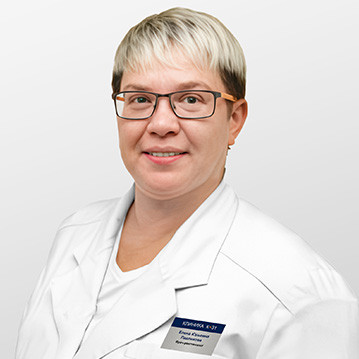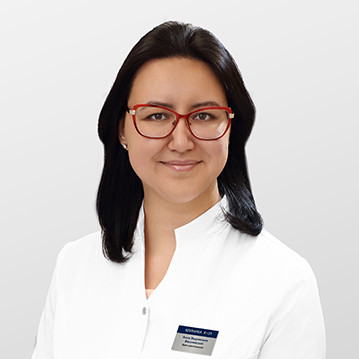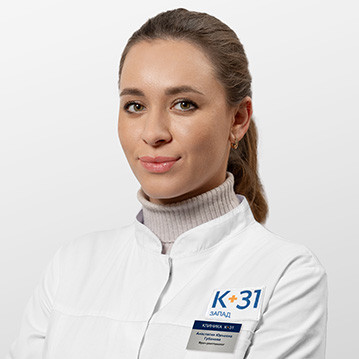Magnetic resonance imaging of the spinal cord is the most informative imaging method that a doctor needs to make a correct diagnosis. With its help, the root cause of back pain and other neurological symptoms is determined.
At the "K+31" clinic, a study is being carried out on the latest SIGNA™ Architect AIR™ Edition tomograph, which provides the most accurate images, maximum comfort and scanning speed. We offer the best MRI price of the spinal cord in Moscow to make the diagnosis even more affordable for you.
When and why MRI is prescribed
Magnetic resonance research is based on irradiating the body with harmless waves that resonate with hydrogen atoms. This physical phenomenon underlies the images that appear on the screen after a complex system of analysis and transformation, which is the responsibility of the tomograph program. MRI is best at showing tissues with a high water content and less density, so it is ideal for scanning the spinal cord.
Indications for the appointment of magnetic resonance imaging:
- Headaches, bouts of dizziness and tinnitus.
- Syncope.
- Pain in the cervical, thoracic, lumbosacral spine.
- Loss of sensation in the upper or lower extremities.
- Motor functions disorders, paresis and paralysis.
- Pelvic organ dysfunction.
- Injuries to the spine.
With the help of this technique, it is possible to diagnose tumors, multiple sclerosis, intervertebral hernia, myelitis and many other diseases. An MRI of the spinal cord shows all the structural features of the studied part of the spinal column, so the images are important for neurosurgeons when planning an operation. Tomography may also be required in the postoperative period to evaluate the effectiveness of treatment.
Contraindications
Despite the informativeness, MRI of the spinal cord and spine is not allowed for all patients. Most often, the reason for the ban on the study is various types of ferromagnetic implants, which make the study dangerous and painful for the patient.
The main contraindications for scanning the spinal cord:
- Implanted pacemaker, metal prosthetic heart valves.
- Cochlear implant
- Fixation steel structures in bones and joints.
- Metal splinters in the body from injuries.
- Hemostatic clips on cerebral vessels.
- Implanted nerve stimulators and insulin pumps.
MRI has a number of relative limitations: the first trimester of pregnancy, the installed cava filter, stents of the coronary and renal vessels. The possibility and expediency of diagnostics is determined individually for each such case.
Contrasting with gadolinium preparations is prohibited for pregnant women, patients with decompensated renal failure and severe bronchial asthma. The study cannot be carried out if the person has a history of hypersensitivity to the medications used or a history of polyvalent drug allergy.


























